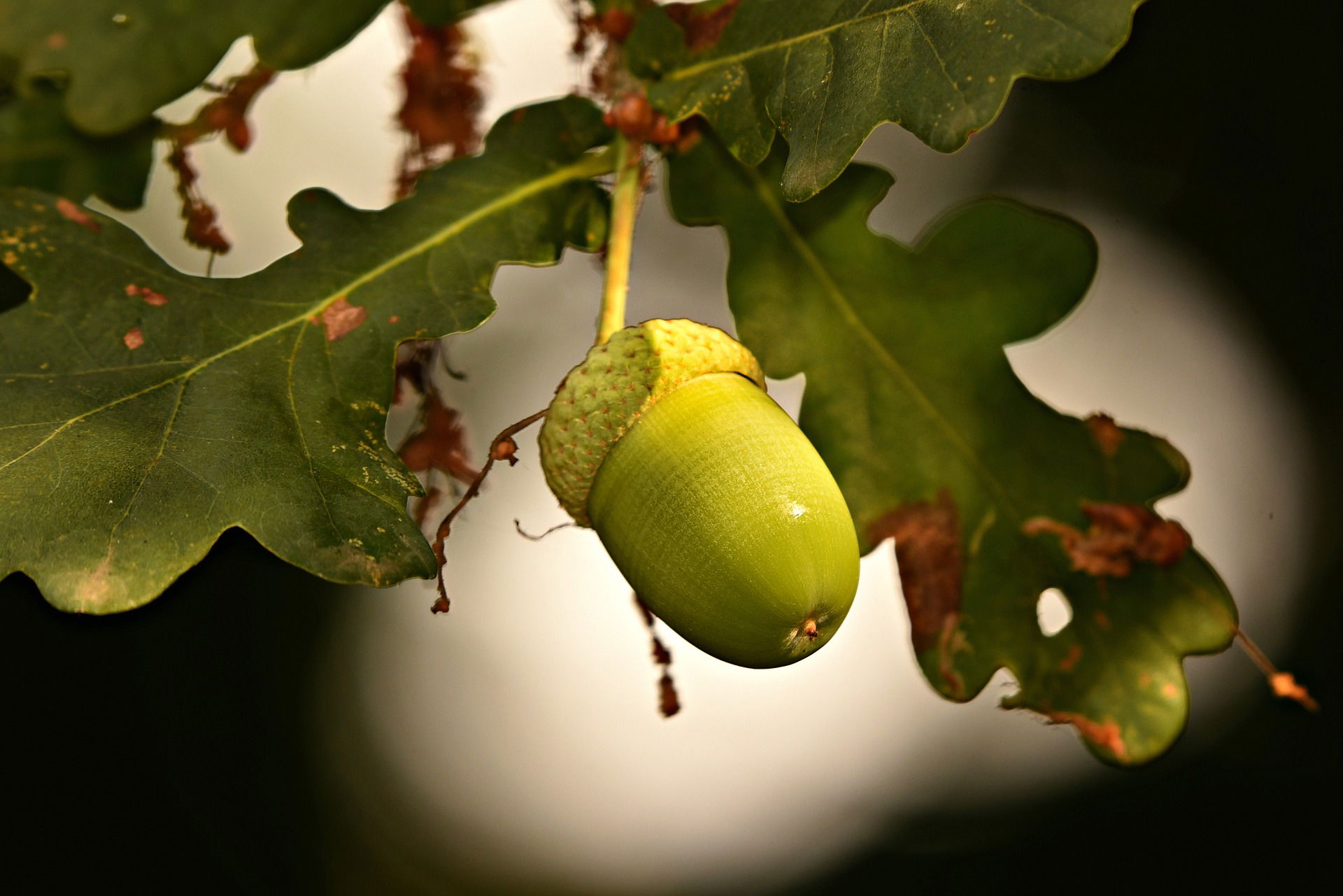Oak - A Natural Resource


Oak trees are considered to be one of the most sustainable and long-lived trees in the world. They are known for their strong, durable wood and their ability to withstand harsh weather conditions.
In addition to being a popular choice for flooring, furniture and construction, oak trees also provide numerous environmental benefits. One of the primary advantages of oak trees is their long lifespan. Some oak species can live for hundreds of years, making them a sustainable choice for landscaping and forestry. They also have a deep root system that helps to prevent soil erosion and preserve the integrity of the landscape.
In terms of environmental benefits, oak trees are known for their ability to absorb carbon dioxide from the atmosphere. They use this carbon to produce oxygen through the process of photosynthesis, making them a natural source of air purification. In addition, oak trees provide habitat for a variety of wildlife, including birds, insects, and small mammals.
There are also many ways in which oak wood can be sustainably harvested and used. One example is the practice of coppicing, in which oak trees are cut down to a stump and allowed to regrow. This process can be repeated every few years, providing a continuous supply of wood without the need to cut down new trees. In conclusion, oak trees are a highly sustainable and environmentally friendly resource.
From their long lifespan and deep root systems to their ability to absorb carbon dioxide and provide habitat for wildlife, they play a vital role in maintaining the health and balance of our planet.


